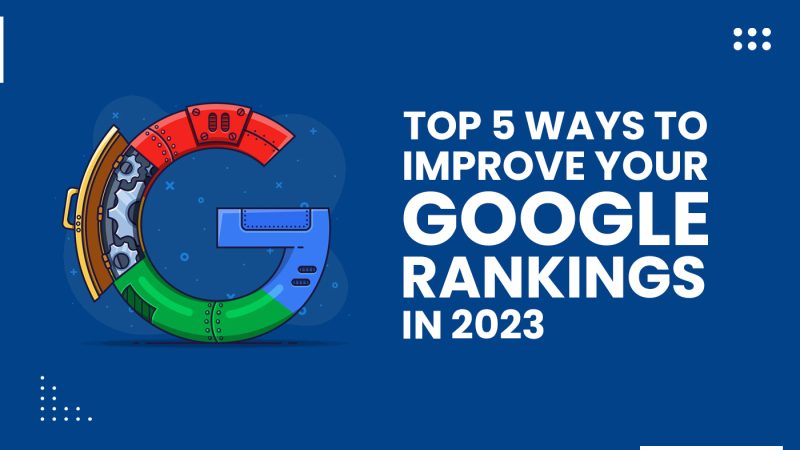The evolution of web design over the years

If you mapped the internet out as a physical structure, you would see it grow from a small settlement to a planetary civilization over its incredibly short 30-year lifetime. Websites are the digital buildings that make up this giant matrix, and the changing rules behind their architecture are what shapes our online experience as internauts. Thankfully, we’ve come a long way from the clunky fonts and awkward color coding that characterized web design of the early 2000s. The tools at web designers’ disposal are now complex enough to allow for genuine artistic expression via intricate design choices, making web design as much a creative practice as an analytical one. While some have borne witness to its entire lifespan, many of us were too young to remember the very first days of the internet, as it stretched its tiny, digital legs. Here is a timeline of the most pivotal events in the development of the World Wide Web.
1990: The birth of the internet
If the internet was a physical structure, Sir Tim Berners-Lee would be the first architect. Working at CERN (European center for nuclear research) in the 1980s, Berners-Lee became increasingly frustrated with the state of information storage, finding data stored exclusively on one computer, inaccessible from the rest. He began building his vision of a global hyperlinked information system, where ‘authorship becomes universal’ and users can navigate through a web-like structure of hypertext (text that links to other text). Having developed all the technologies necessary to finally launch his vision, our architect Berners-Lee built and published the first website, a series of documents describing the project itself, on 20 December 1990.
It may strike some as incredible that HTML, the language by which the internet reads web pages, has not really changed since its conception in 1993. HTML was a kind of father language, and has since been integrated with newer technologies, but remains at the heart of internet function, with no signs of disappearing anytime soon.
1993: Introducing the Table
The first web pages served practical functions. Tim Berners-Lee was working at CERN when he developed them and this meant dry, text-only websites. As the years progressed and more people began building their own sites, new aesthetic practices began to emerge. The first among these, laughably simple to a millennial, was the introduction of the table.
It became clear that while trawling through pages of written data was a thrill for scientists at CERN’s underground nuclear research facility (who would have guessed?), the wider population had a preference for structured, divided content, with larger chunks of text partitioned by theme or subcategory. When the internet was first created, it was an information transfer system, with very few webpages actually accessible. The more it developed, the more the primary function of the internet became clear: a system of navigation. The internet was not just for those who already knew where to find what they were looking for; it was also a browsing tool for those seeking to discover something new. Enter the table — a simple way of separating and structuring information to allow for a smoother navigation experience. This would prove the first in a very long series of consumer-facing developments that are still emerging to this day.
1996: Flash
Arriving on the scene like some Marvel comic superhero, Flash came to answer the consumer’s urgent call for multimedia relief. While the table had surely rocked the world with its unparalleled ability to divide text, consumers were developing an itch for something more titillating, and designers knew it.
With the integration of Flash (initially developed by FutureWave, bought by Macromedia in 1996 and finally by Adobe in 2005), designers gained a whole host of new toys to play with. Chief among these were the ability to use timed animations and object transitions. All of a sudden, web design could turn a computer screen into a TV set. This opened the door for myriad marketing techniques, entertainment options and general aesthetic experimentation that had since been impossible to achieve with a desktop. Yet, for all the opportunities it provided, Flash came with one big disadvantage: its content could not be read by search engines. This means that Flash content was unsearchable, existing only in the context of the page in which it was embedded. It was this single quality that would lead to the steady downfall of Flash.
2000: CSS2
CSS (Cascading Style Sheets) was conjured by Håkon Wium Lie, a Norwegian who worked at CERN with Berners-Lee, in October of 1994. The essential premise of CSS was stylistic — HTML had no way of reading stylistic formats, like the newspaper layout, for example. Among the many suggestions made, CSS piqued the most interest due to its simplicity. It allowed for a series of style rules to be presented in a ‘cascading’ (priority-based) order, finally giving users the ability to set out their web pages in more creative styles. But despite five years of official recommendation, there were still no browsers with full CSS support. It wasn’t until CSS2 was launched that the language was adopted by big websites like Internet Explorer and Netscape.
2007: There’s a computer in your pocket
When the mobile revolution began in the mid-2000s, web designers weren’t sure how to feel about it. The question of compatibility across devices became a huge, confusing design issue that companies would take years to figure out. Initially, most websites hosted dedicated mobile websites separate from the main website. Most of you will remember the m.domain.com subdomains and the havoc they wreaked on loading times. But while some resisted, others realized that the importance of mobile browsing would only grow, and so designers rolled up their sleeves again and set themselves about the task of optimizing their websites across devices, in a practice that is now known as ‘responsive web design’.

2008: HTML5
The current standard language for presenting content, HTML5 was not so much an invention as it was the packaging of multiple separate technologies into one. Combining HTML, CSS2 and Javascript, HTML5 solves many of web designers’ former woes, allowing much greater readability by search engines such as Google. It also served as the final nail in the coffin of Flash, with a much more search engine-friendly way of presenting videos and animations. The pinnacle of web development, HTML5 may be around for quite some time. Although, such is the hubris of humanity to assume that its current achievements cannot be surpassed. There is no doubt that the internet will undergo many, many more reinventions in years to come.
To most of us, the internet isn’t so much a structure, or an entity, as it is the invisible network connecting all human minds with Wi-Fi access. Punching into Google isn’t like visiting a local library, because like humans, the internet is an ever-changing, dynamic hub of complexity. Ross Pike of Koreti comments, ‘When you’re surfing the internet, it almost always feels like you’re being addressed — and that’s because you are. We live in a time where it is impossible to be truly isolated. Take one step in the online web and you will be faced with a maelstrom of activity from content creators, ads, corporate marketing schemes, bots and everything else under the sun and above it.’ We can’t envision our lives without the internet, and hopefully we will never have to.
Author Bio
Theo Reilly is a content writer for Black Robin Exhibits whose goal is to counteract stale writing in business blogs. Theo has particular interest in business and marketing-related matters surrounding the online world, web design, exhibitions and events.






